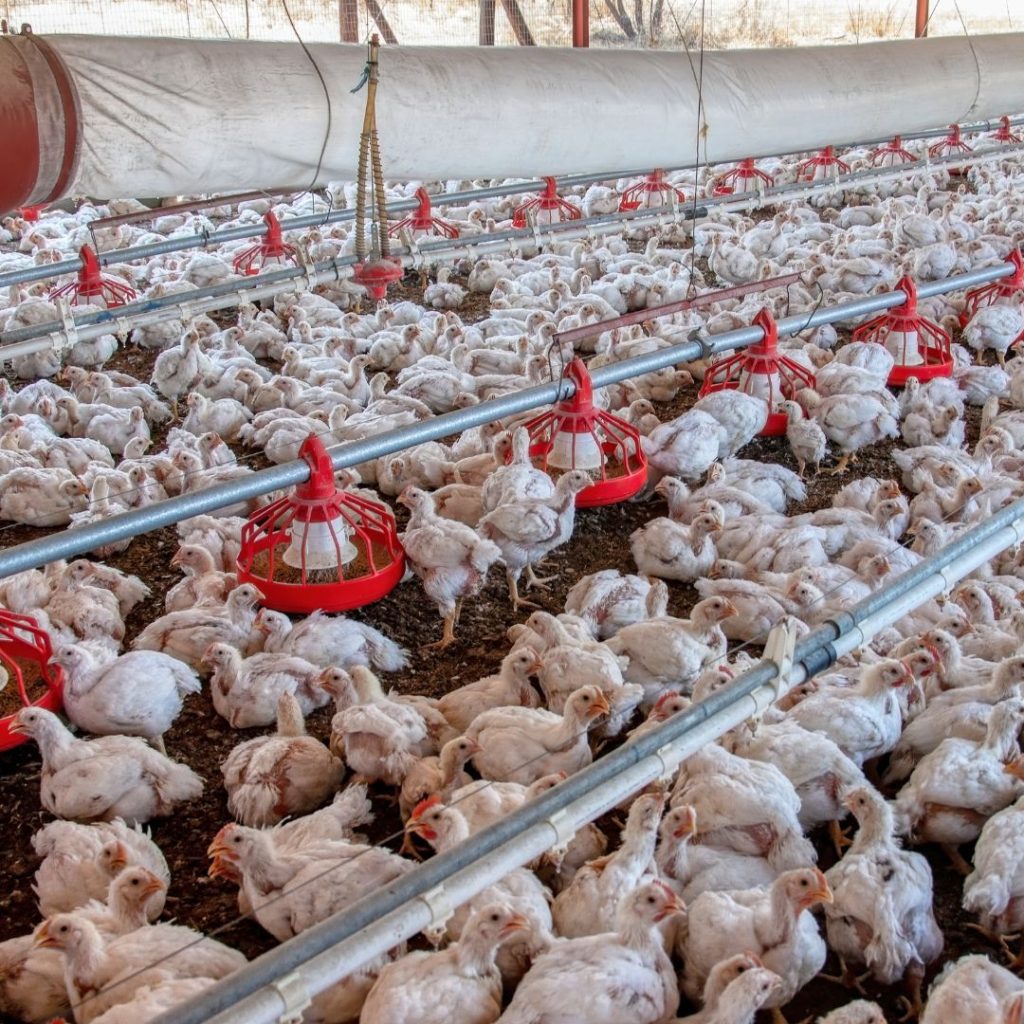Makes you sick: billions of dead animals end up in the trash

Almost a billion people suffer from hunger. In contrast, an incredible number of animals end up as waste without ever having been eaten. An unsustainable fact. Not only because so many people would be fed, but because the suffering of animals associated with death and the life that preceded it could be avoided. On the one hand through a plant-based diet, and on the other through better treatment of animals in life and death. This is the content of a new study published in the journal "Sustainable Production and Consumption". It reveals the incredible figures for the first time.
Study content
While the importance of reducing meat losses and waste is recognized due to its significant impact on the environment, the animal welfare aspect remains largely unconsidered. The suffering and death of animals that are tortured for the production of food that is never eaten remains invisible. This study aims to bridge the gap between the literature on food loss and waste (FLW) and animal welfare considerations.
This is achieved by estimating the number of animal lives included in meat losses and waste from six major meat-producing species along the food supply chain. It shows that in 2019, around 18 billion animal lives were lost and wasted in global meat production and consumption. An unimaginable number of wasted animal lives!
The estimated 18 billion deaths are broken down as follows:
- 74.1 million cattle (0.4 %)
- 188 million goats (1.1 %),
- 195.7 million sheep (1.1 %)
- 298.8 million pigs (1.7 %)
- 402.3 million turkeys (2.2 %)
- 16.8 billion chickens (93.6 %)
This means that for every citizen, 2.4 animal lives are lost or wasted in meat production and consumption.
Where do the losses (life losses) occur?
In the supply chain, therefore, most losses occur during agricultural production (FSC1) at 24.9% and consumption (FSC5) at 26.7%, while losses during storage and handling (FSC2) are particularly low at 7.8%.
However, the patterns in the individual regional groups are different (see figure below).
- Consumption-related losses dominate in North America and Oceania, Europe and industrialized Asia, i.e. in the consumption phase.
- Production-related losses are highest in Latin America, North Africa, West and Central Asia and especially in sub-Saharan Africa.

Source: "Animal lives embodied in food loss and waste" study
Country ranking
57% of deaths occurred in the 10 countries with the highest death toll (see table below). Of these ten countries, two - the USA and South Africa - are also represented in the list of the ten leading countries in per capita life loss and morality-adjusted life loss.

Source: "Animal lives embodied in food loss and waste" study
Scenarios
The scenarios show that the number of wasted and lost animal lives
- could be reduced by 7.9 billion if the best regional efficiency measures were implemented,
- and by 4.2 and 8.8 billion respectively if the Sustainable Development Goal (SDG #12.3) were implemented,
- This would achieve a 50 % reduction in losses and waste in the downstream or entire supply chain.






